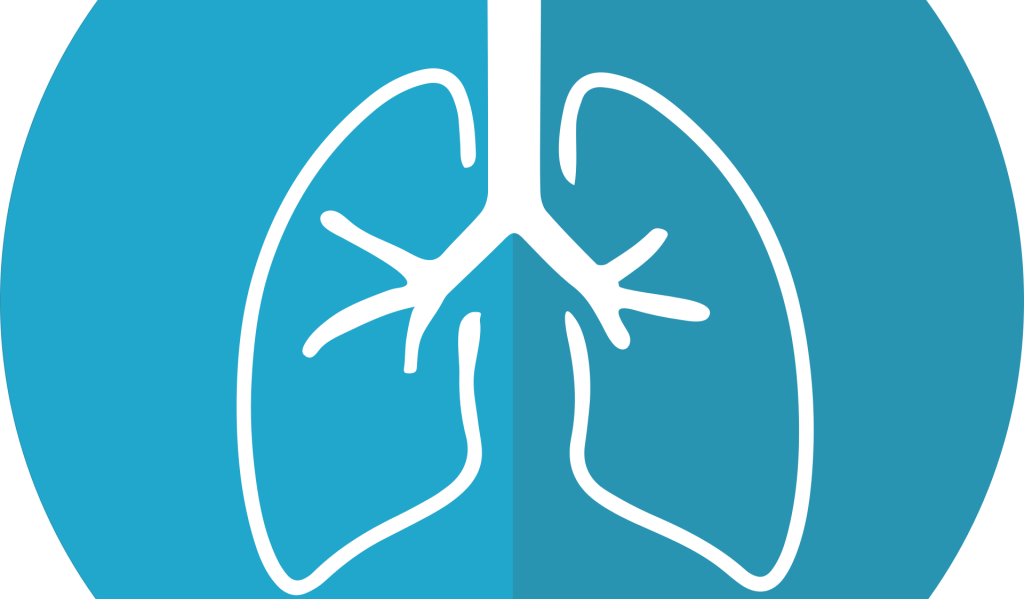With the increasing use of CT scans in medical examinations, the detection rate of early-stage lung cancer is getting higher. Most of the early forms of lung cancer are small nodules in the lungs, this brings a lot of worries to many people who have found nodules in their lungs, especially when doctors suspect that a nodule is malignant after reading the CT scan. Do lung nodules necessarily mean lung cancer?
Benign vs. malignant nodules
A lung nodule is an abnormal area that is denser than normal tissue in the lung. A lung nodule is not larger than 3 cm in size. If larger than 3 cm, it is a lung mass.
Both nodules and masses can be benign or malignant. However, if a lung nodule is malignant, early diagnosis and early surgical removal of the nodule can lead to a complete cure and long-term survival, just like an ordinary person does.
Factors affecting nodule diagnosis
So what factors should be considered to determine whether a lung nodule is cancerous?
-
Size of nodule
Size is an important indicator to determine if a nodule is malignant or not. Generally, nodules ≤ 5 mm are too small to be observed clearly in terms of shape, density and relationship with surrounding tissues. Usually, nodules of such size cannot be accurately diagnosed by a single chest CT. If a nodule is larger than 8 mm, its diagnosis is more accurate. In fact, nodules ≤5 mm are unlikely to grow significantly in the short term. Therefore, doctors usually recommend follow-up for nodules smaller than 5 mm. Doctors typically recommend close monitoring and may suggest surgical removal if necessary for nodules larger than 1 cm that are assessed as high-risk.
-
Underlying lung diseases
Some lung diseases are far more likely to be complicated by lung cancer. These lung diseases include chronic obstructive pulmonary disease, idiopathic pulmonary fibrosis, etc. Doctors usually recommend more aggressive treatment if CT scans reveal lung nodules in people with underlying lung diseases that have characteristics suggesting malignancy based on their size and shape.
-
Age
Age is an important factor in the diagnosis of lung nodules. Although people are developing lung cancer at an increasingly younger age nowadays, lung nodules are hardly considered cancer for people under 20 years of age, and it’s still a rare disease for people under 40. However, some caution is needed if a lung nodule is found and the person is over 60.
-
Smoking history
Smoking remains the most important cause of lung cancer. If you are a long-term or heavy smoker you should keep an eye on your lung health. If this is the case and a nodule is found in the lung, and of which the pre-operative diagnosis tends to be malignant, the post-op diagnosis is more likely to be consistent with the pre-op diagnosis.
-
Family history of lung cancer
People with a history of lung cancer in their immediate family should pay close attention to the changes of nodules in the lungs and may have them surgically removed if they increase in size and solid components.
-
Certain symptoms
Certain symptoms can be associated with lung cancer, such as blood in the sputum, persistent low-grade fever, unexplained weight loss, chest pain, back pain, and persistent dry cough. If a person has a lung nodule along with these symptoms, more aggressive treatment is required.
Diagnosis and management of lung nodules
Diagnosing and managing of lung nodules is a complex matter. As nodules are too small to be diagnosed by less invasive internal medicine methods, doctors can only rely on chest CT to determine the nature of nodules, but after all, chest CT is not a direct basis and is subject to misdiagnosis.
Conclusion
If you discover a lung nodule, it’s important to stay calm and seek medical advice. A specialist such as a thoracic surgeon, pulmonologist, or radiologist can provide a diagnosis. Based on your condition, the doctor will determine whether the nodule is benign and recommend regular follow-up or surgical treatment if necessary. In some cases, additional tests such as fiberoptic bronchoscopy, CT-located puncture, or thoracoscopy may be needed for accurate diagnosis.
Early identification of the nature of the nodule is crucial. For benign nodules, observation and follow-up are often recommended. However, if the nodules are suspected to be malignant, vigilance and surgery may be necessary. Remember, seeking medical advice and follow-up care is the best way to ensure a positive outcome.
